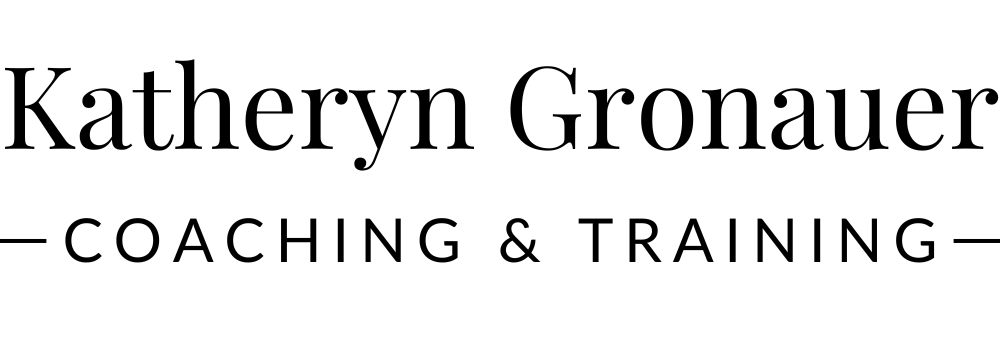Why you should be using 360° Verbal Assessments instead of 360° Anonymous Surveys
Learn what 360° Verbal Feedback is and how it can throttle your development goals
What’s a 360° Verbal Assessment?
A 360° Verbal Feedback (also known as 360° Verbal Assessment) is a process where the people who you interact with at work are interviewed to share a candid evaluation of your work and your opportunities for growth. It’s commonly used by leaders in senior-level positions who have more autonomy over setting their own goals.
Here’s the formal definition from Wikipedia:
360° feedback is a process through which feedback from an employee's subordinates, peers, colleagues, and supervisor(s), as well as a self-evaluation by the employee themselves is gathered. Such feedback can also include, when relevant, feedback from external sources who interact with the employee, such as customers and suppliers or other interested stakeholders. 360-degree feedback is so named because it solicits feedback regarding an employee's behavior from a variety of points of view (subordinate, lateral, and supervisory).
How 360° Verbal Feedback is conducted
Typically, a company or the leader in question will hire an external coach to conduct the interviews since an outside party can objectively compile information.
There are two goals during the interviews: one is to learn about what you do well, and the other is constructive criticism on what you can start doing or where you can grow.
Once all of the sessions have been conducted (the number of people can really vary, but let’s say 10 people are interviewed), then the results will be summarized. The idea here is to extract the top 3 things you do well, and the top 3 things that are opportunities for professional development, and we do that by seeing what feedback has been repeated by more than a couple of people.
The goal is not to share with you every single piece of feedback because that can be quite overwhelming; sticking to the top 3 opportunities is a great way to know that we’re focusing effectively and efficiently on priorities that would have an impact on more people.
I have found that through conducting interviews, not everyone is a fan of the leader in question - you may have fans who have nothing but praise for you, but you may also have some people who are highly critical of your approach. The trick is to dig through praise to find growth opportunities by asking your fans what your next steps would look like and also to ask your critics what you can start doing (instead of stop doing).
How 360° Verbal Feedback is different from anonymous surveys or performance evaluations
Some people feel that they don’t need to do a 360° Verbal Assessment because they already have received feedback from a 360° anonymous survey, but that could be hurting you.
The problem with the surveys is about detail: you may have some responses where people point out what they don’t like that you are doing but there isn’t any clue on what approach they’d like you to take instead. Also, in anonymous feedback surveys, it’s hard for the individual to give too much detail without potentially revealing who they are.
Verbal assessments are more effective because the interviewer can ask follow-up questions to paint a clearer picture, and can also eliminate information that could reveal the person giving the feedback. By consolidating the feedback into the top 3 opportunities, it’s also protecting the identities of the people giving feedback since the same feedback is coming from multiple sources.
Performance evaluations tend to be more about the results you’re producing in the company. Did you hit your targets? Did you follow through with hiring more people? Performance evaluations may be more about tangible outcomes you have or haven’t produced.
Here’s a good way to think about it: 360° Verbal Assessments are a development tool, whereas Performance Evaluations are about recognizing achievements.
How to incorporate your 360° Verbal Assessment results into your development plan
Creating a development plan that incorporates 360° Verbal Assessment results is the stage I feel is fascinating! The reason is that the goals or approach that the leader has may not completely be the same as the suggestions made by peers.
For example, let’s say your goal is to get people to speak up more in meetings but you aren’t sure how to do that. The only approach you can think of is to call on individuals or have individuals choose the next person to share ideas.
But upon seeing the assessment results, you learn that the reason why people don’t speak up is that you share your criticism openly with the whole group, so people don’t feel like it’s a safe space for their ideas to be shared.
The approach you take may change from calling people out in group meetings to sharing criticism privately, which can potentially lead to the same goal of more candid conversation in meetings.
Another reason why I find 360° Verbal Assessments fascinating is that your strengths may also be your weakness!
For example, your peers may admire your passion and advocacy. But your passion and advocacy may be the exact thing that is making it difficult for people to share opposing viewpoints with you. This can reveal and opportunity to know when to use your strengths as a motivational tool and when to dial it back to create open dialogue and psychological safety.


